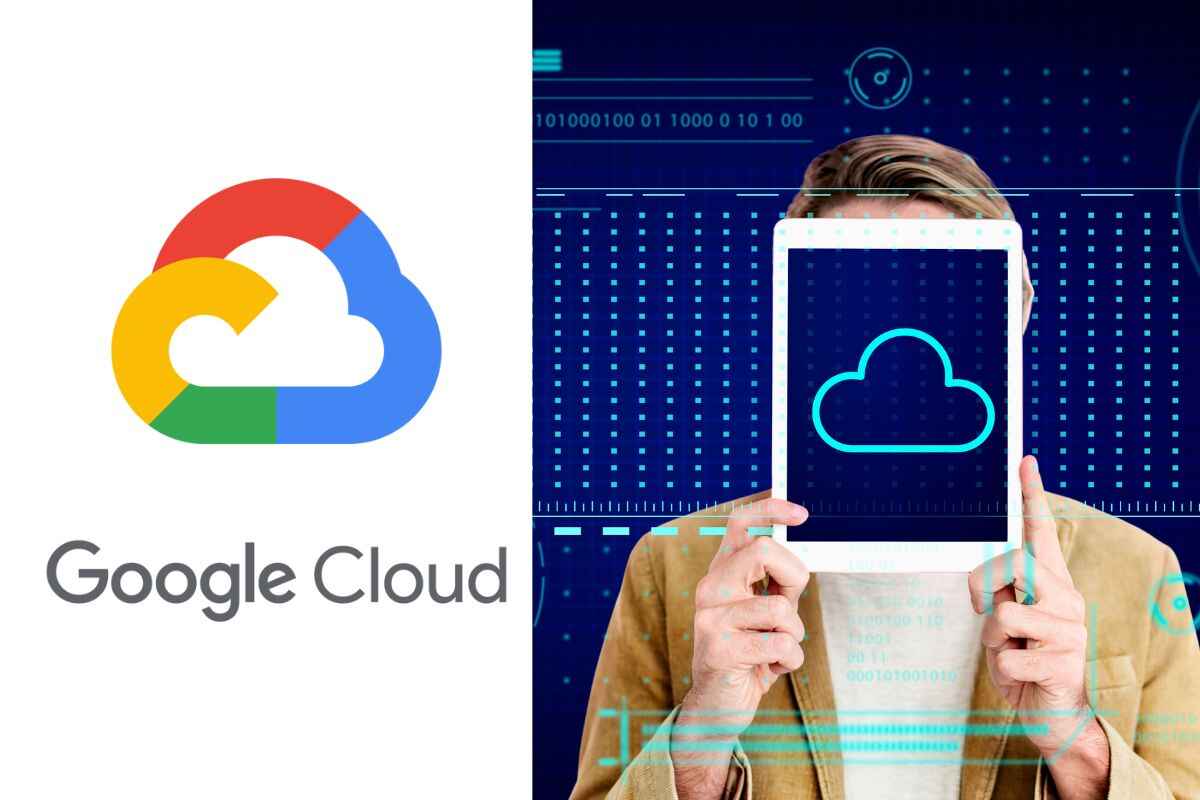Google Cloud Console: In the ever-evolving world of cloud computing, Google Cloud Platform (GCP) stands as a leader, enabling businesses of all kinds to utilize the changing power of cloud-based solutions. At the heart of GCP lies the Google Cloud dashboard, a web-based tool that serves as the nerve center for controlling and organizing your cloud services smoothly.
A Glimpse into the Google Cloud Console
Page Contents
- 1 A Glimpse into the Google Cloud Console
- 2 Key Features of the Google Cloud Console:
- 3 Navigating the Google Cloud Console
- 4 Leveraging the Google Cloud Console for Common Tasks
- 5 Deploying and Managing Cloud Resources:
- 6 Monitoring and Troubleshooting:
- 7 Optimizing Cloud Costs with the Google Cloud Console
- 8 Conclusion: The Google Cloud Console – Your Gateway to Cloud Success
The Google Cloud interface is a simple and user-friendly tool that simplifies cloud management chores, giving a unified view of your GCP resources. It allows you to install, control, and grow your cloud infrastructure with ease, all within a centralized setting.
Key Features of the Google Cloud Console:
- Resource Management: Create, handle, and control your cloud resources, including virtual machines, compute engines, storage buckets, and databases.
- Cost Management: Track your cloud payments, set spending boundaries, and improve resource usage to ensure cost efficiency.
- Monitoring and Alerting: Monitor the health and performance of your cloud system, receive real-time reports, and fix problems quickly.
- User Management: Create and manage user accounts, give rights, and control access to your cloud services.
The Google Cloud interface is built for usability and ease of use. The main menu bar gives quick entry to important areas, including the following:
- Dashboard: Provides a complete picture of your cloud resources, including resource usage, billing details, and important messages.
- Navigation Menu: Access different services and control tools, such as Compute Engine, Cloud Storage, Cloud SQL, and more.
- Resource Explorer: Explore and control your cloud resources in a tiered view, grouped by projects, files, and companies.
- Search Bar: Search for particular tools, documents, or assistance tips.
Leveraging the Google Cloud Console for Common Tasks
The Google Cloud interface improves common cloud management tasks, making it an important tool for cloud managers and writers.
Deploying and Managing Cloud Resources:
- Create and set up virtual machines, including choosing instance types, operating systems, and storage choices.
- Manage cloud storage buckets, share and receive files, set access rights, and create lifetime rules.
- Create and handle databases, set database values, manage users and jobs, and make backups.
Monitoring and Troubleshooting:
- Monitor resource efficiency, CPU and memory usage, network traffic, and disk consumption.
- Set up warnings to inform you of possible problems, such as resource overutilization, speed bottlenecks, or security threats.
- Utilize debugging tools to identify and fix problems, including logs, error messages, and speed data.
Optimizing Cloud Costs with the Google Cloud Console
- The Google Cloud dashboard offers extensive cost management tools to help you improve cloud spending and avoid needless costs.
- Track your cloud spending in real-time, viewing prices by project, service, and area.
- Set spending limits and receive tips when near budget levels.
- Analyze resource usage and spot underused or idle resources to improve resource distribution.
- Utilize suggestions from the Google Cloud Billing dashboard to find cost-saving possibilities.
Conclusion: The Google Cloud Console – Your Gateway to Cloud Success
The Google Cloud interface is an essential tool for companies starting on their cloud journey, offering a unified platform to control, monitor, and improve cloud resources efficiently. With its simple design, comprehensive features, and cost-management capabilities, the Google Cloud UI allows you to harness the full potential of GCP, driving innovation and growth.
R Amin founded Try Latest Info, a website that provides readers with the latest information on business news, trends, and developments. He shares his insights and expertise through his social media handles and website. To learn more about R Amin or to connect with him on social media, please visit his website at https://trylatestinfo.com/.
